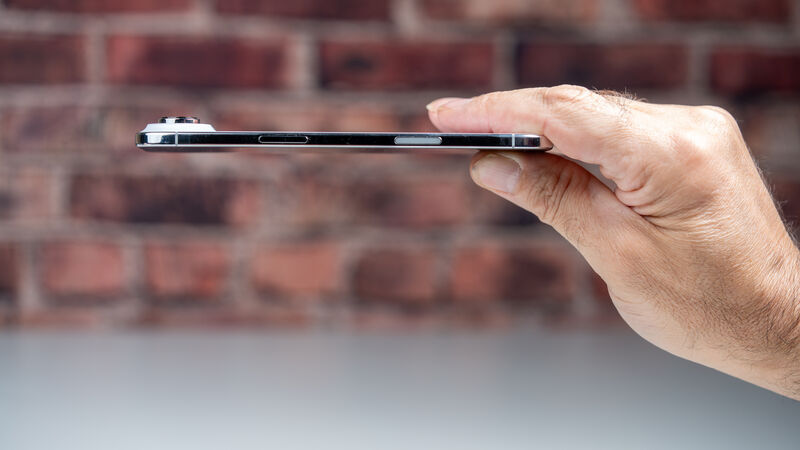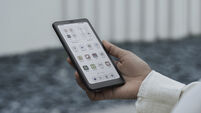Apple iPhone Air Review: The thinnest iPhone yet balances power, elegance and restraint

At just 5.6mm thick, the iPhone Air feels almost impossibly slim: Apple’s sleekest and lightest iPhone ever made. Picture: Noel Campion.
Apple’s new iPhone Air lives up to its name, but it doesn’t quite recreate the awe of the original MacBook Air launch, when Steve Jobs famously unveiled the world’s thinnest laptop back in 2008, introducing an entirely new category of device. It’s astonishingly thin, refreshingly light, and yet still packs the kind of power you’d expect from one of Apple’s Pro-tier devices. After using it daily for two weeks, I’ve been struck by just how easy it is to carry, and how little compromise Apple has made, though it’s not without trade-offs.











